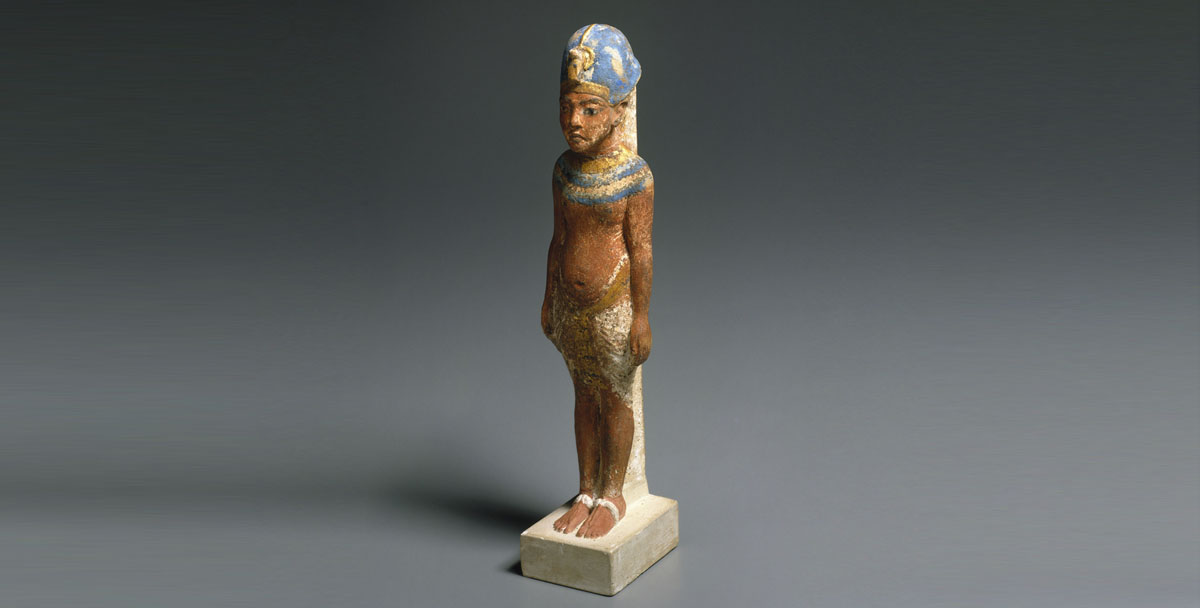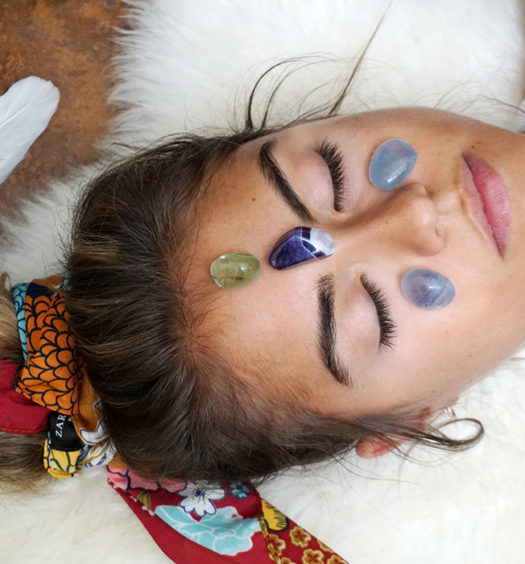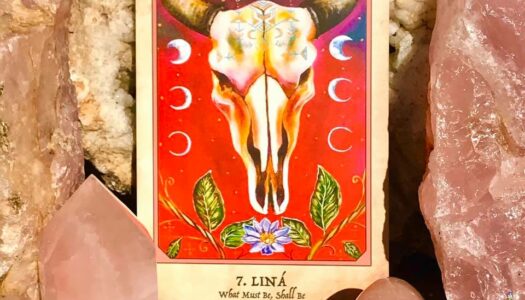A remarkable story of gender transformation in the ancient world, exploring the differences between male and female access to the afterlife.
The ancient Egyptians believed that to make rebirth possible for a deceased woman, she briefly had to turn into a man. Guided by new research inspired in part by feminist scholarship, the exhibition A Woman’s Afterlife: Gender Transformation in Ancient Egypt tells this remarkable story of gender transformation in the ancient world, exploring the differences between male and female access to the afterlife.
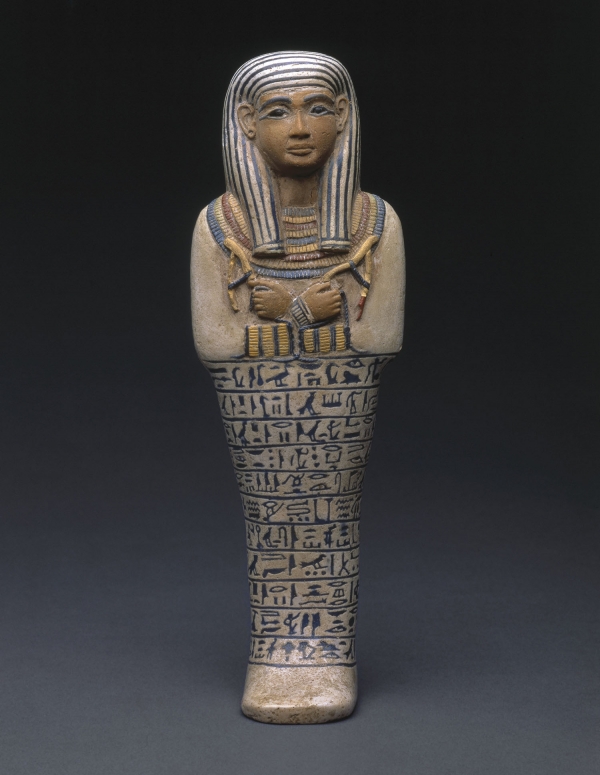
Egyptian medicine taught that a woman, once in her tomb, faced a biological barrier to rebirth. Because the ancient Egyptians believed that in human reproduction it was the man who created the fetus, transferring it to the woman during intercourse, rebirth was impossible for a woman alone. To overcome this perceived problem, a priest magically transformed a woman’s mummy into a man long enough to create a fetus. This required representing a woman with red skin on her coffin—the color normally assigned to a man—and reciting spells that addressed the woman with masculine pronouns, spells also recorded graphically on the coffin. A woman later returned to her original female state and incubated herself for rebirth into the afterlife as a woman.
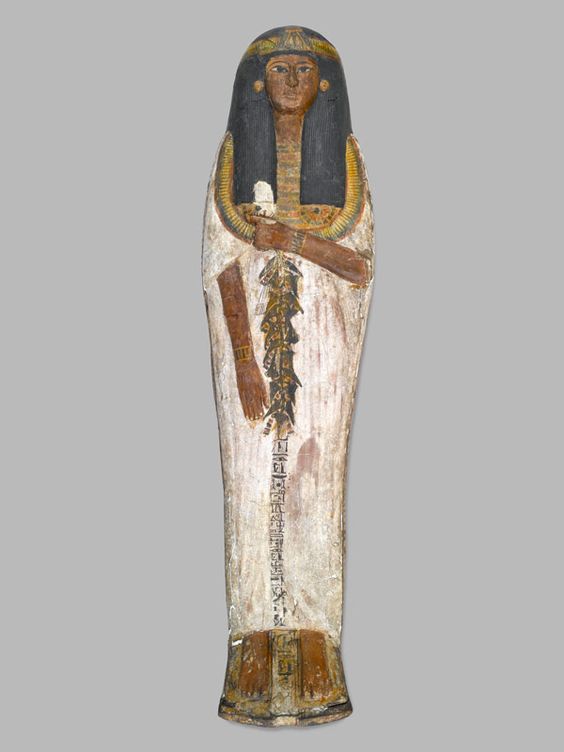
This exhibition showcases 27 objects from our renowned collection of ancient Egyptian art. It includes the painted coffin box and mask of Weretwahset, which represents a deceased woman with red skin, the magical intervention that gave her the male power to create a fetus for her own rebirth. There is also a small, finely carved statuette of a woman; her elaborate wig and close-fitting dress indicate that she has returned to the female state after recreating herself for rebirth.

A Woman’s Afterlife: Gender Transformation in Ancient Egypt is part of A Year of Yes: Reimagining Feminism at the Brooklyn Museum, a yearlong series of ten exhibitions celebrating the 10th anniversary of the Elizabeth A. Sackler Center for Feminist Art. Leadership support is provided by Elizabeth A. Sackler, the Stavros Niarchos Foundation, the Calvin Klein Family Foundation, Mary Jo and Ted Shen, and an anonymous donor. Generous support is also provided by Annette Blum, the Taylor Foundation, the Antonia and Vladimer Kulaev Cultural Heritage Fund, Beth Dozoretz, The Cowles Charitable Trust, and Almine Rech Gallery.
Beverly Buchanan—Ruins and Rituals
October 21, 2016–March 5, 2017
Marilyn Minter: Pretty/Dirty
November 4, 2016–April 2, 2017
Iggy Pop Life Class by Jeremy Deller
November 4, 2016–March 26, 2017
Infinite Blue
November 25, 2016–November 2017
A Woman’s Afterlife: Gender Transformation in Ancient Egypt
Opening December 15, 2016
Georgia O’Keeffe: Living Modern
March 3, 2017–July 23, 2017
We Wanted a Revolution: Black Radical Women, 1965–85
April 21–September 17, 2017
Utopia Station
Launching late April 2017
The Roots of “The Dinner Party”
Opening October 20, 2017
A Feminist Timeline
Opening October 20, 2017
Brooklyn Museum: 200 Eastern Parkway
Brooklyn, New York 11238-6052

